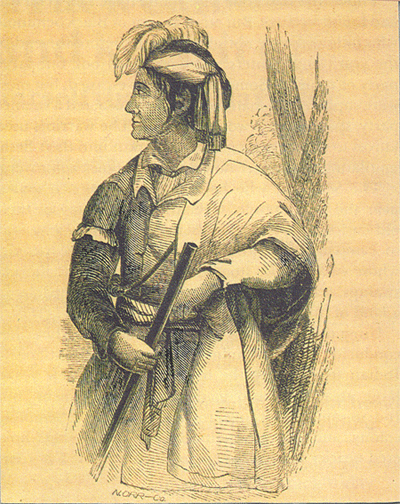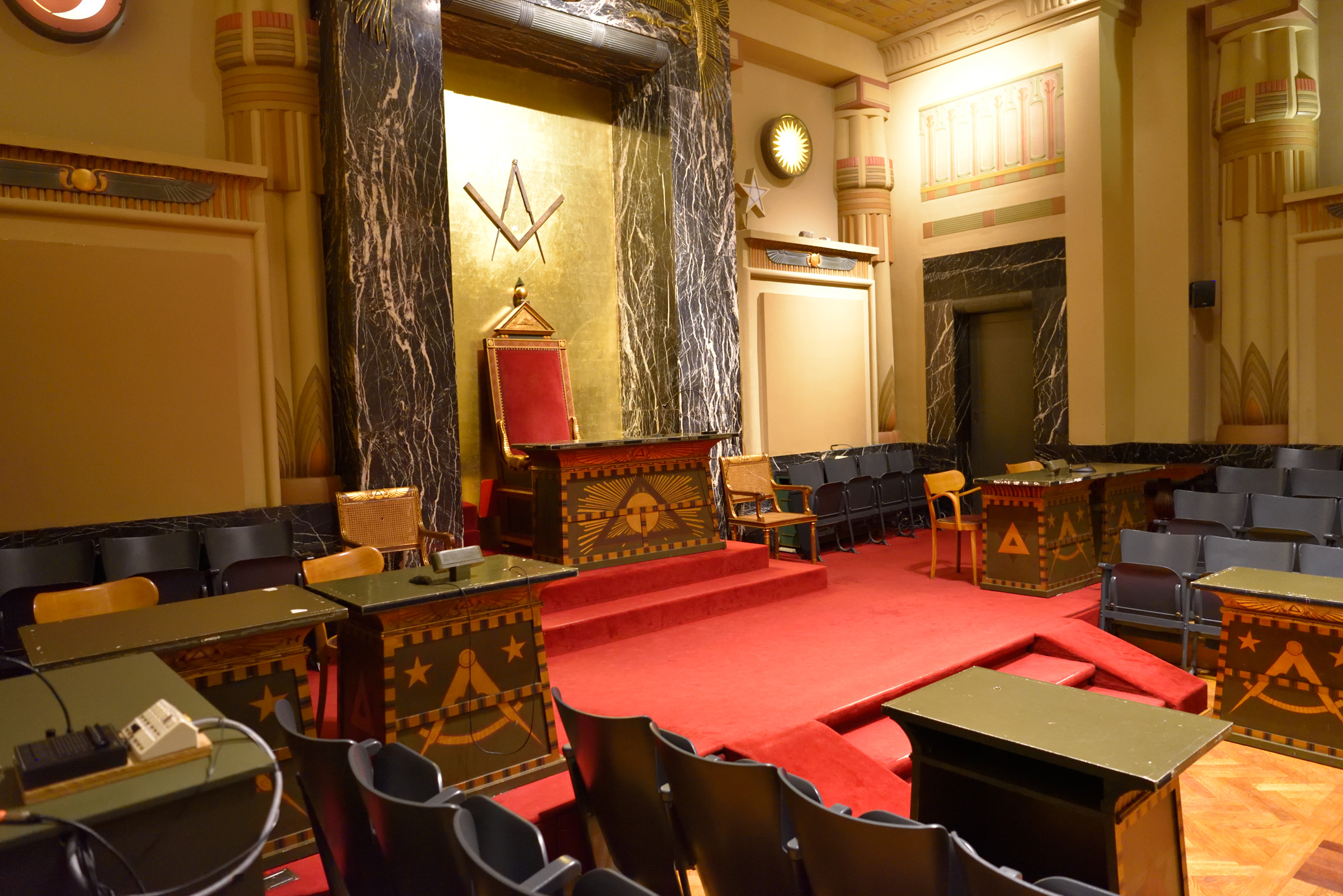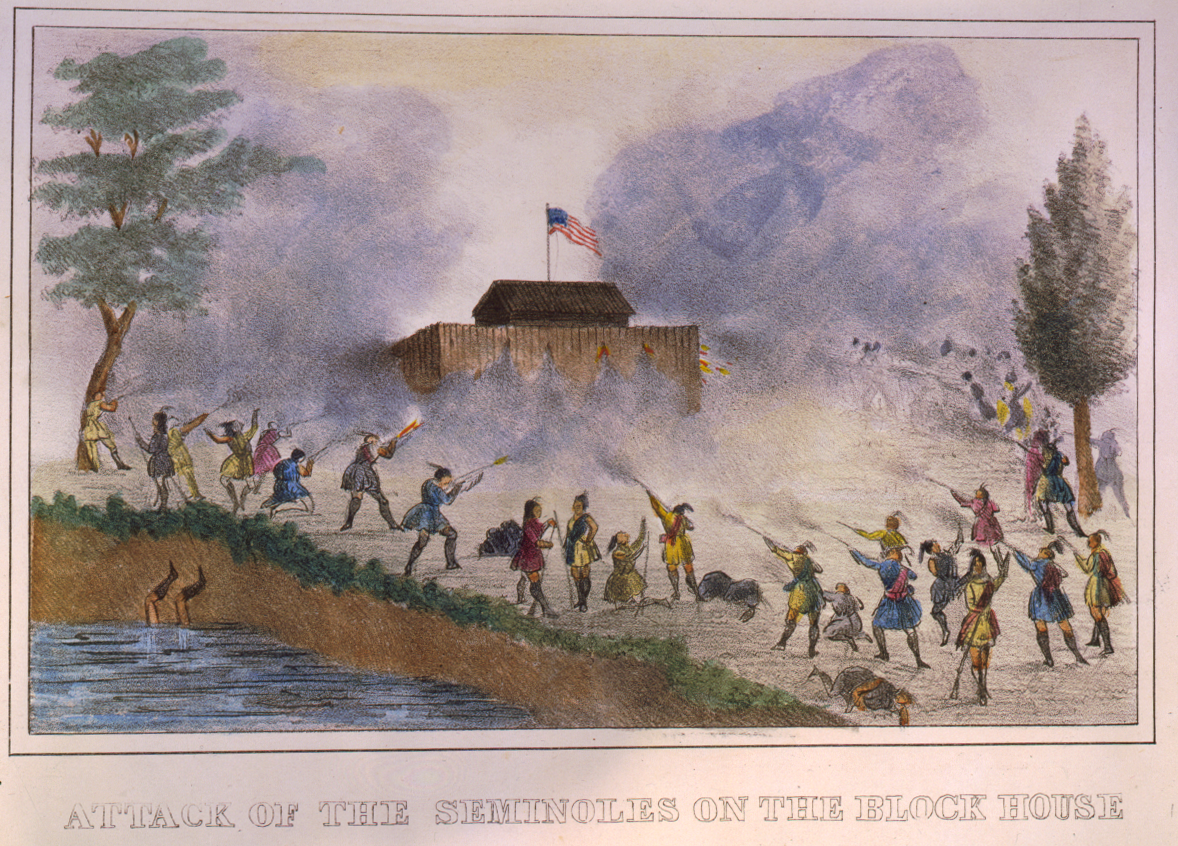|
Apopka
Apopka is a city in Orange County, Florida. The city's population was 55,000 at the 2020 census. It is part of the Orlando–Kissimmee–Sanford Metropolitan Statistical Area. ''Apopka'' comes from Seminole word ''Ahapopka'' for "Potato eating place". Apopka is referred to as the "Indoor Foliage Capital of the World" due to the many greenhouse nurseries there. History The earliest known inhabitants of the Apopka area were the Acuera people, members of the Timucua confederation. They had disappeared by 1730, probably decimated by diseases transmitted through Florida by Spanish colonists. The Acuera were succeeded by refugees from Alabama and Georgia, who formed the new Seminole Indian tribe. They called the area ''Ahapopka''. Aha, meaning "Potato," and papka, meaning "eating place". By the 1830s, this settlement numbered about 200, and was the birthplace of the chief Coacoochee (known in English as "Wild Cat"). At the conclusion of the Second Seminole War, the U.S. Congress ... [...More Info...] [...Related Items...] OR: [Wikipedia] [Google] [Baidu] |
Greater Orlando
The Orlando metropolitan area, commonly referred to as Greater Orlando, Metro Orlando, Central Florida as well as for U.S. Census purposes as the Orlando–Kissimmee–Sanford, Florida Metropolitan Statistical Area, is a metropolitan area in the central region of the U.S. state of Florida. Its principal cities are Orlando, Kissimmee and Sanford. The U.S. Office of Management and Budget defines it as consisting of the counties of Lake, Orange (including Orlando), Osceola, and Seminole. According to the 2020 U.S. Census, the population of Greater Orlando is 2,673,376, an increase of nearly 540,000 new residents between 2010 and 2020. By population, it is the third-largest metropolitan area in Florida, the seventh-largest in the southeastern United States, and the 23rd largest in the United States. The MSA encompasses of total area (both land and water areas). The Orlando–Kissimmee–Sanford MSA is further listed by the U.S. Office of Management and Budget as part of the Orlan ... [...More Info...] [...Related Items...] OR: [Wikipedia] [Google] [Baidu] |
Orange County, Florida
Orange County is located in the central portion of the U.S. state of Florida. As of the 2020 census, the population was 1,429,908, making it Florida's fifth most populous county. The county seat is Orlando. Orange County is the central county of the Orlando-Kissimmee- Sanford, Florida Metropolitan Statistical Area. History The land that is Orange County was part of the first land to come up from below the Early Oligocene sea 33.9–28.4 million years ago and is known as Orange Island. Orange County's Rock Spring location is a Pleistocene fossil-bearing area and has yielded a vast variety of birds and mammals including giant sloth, mammoth, camel, and the dire wolf dating around 1.1 million years ago. 19th century to mid-20th century Immediately following the transfer of Florida to the United States in 1821, Governor Andrew Jackson created two counties: Escambia to the west of the Suwannee River and St. Johns to the east. In 1824, the area to the south of St. Johns County ... [...More Info...] [...Related Items...] OR: [Wikipedia] [Google] [Baidu] |
Bryan Nelson
Bryan Nelson (born September 14, 1958) was a Republican member of the Florida House of Representatives, representing the 31st District, which includes the cities of Apopka, Eustis, Mount Dora, Tavares, and Umatilla in northern Lake County and northern Orange County, since 2012. He served on the Orange County Commission for District 2 from 2014 until March 2018 when he won election for mayor of Apopka after support for the previous mayor deteriorated History Nelson was born in Orlando and attended the University of Florida, where he graduated with a degree in ornamental horticulture in 1979. After graduation, he returned to Central Florida, where he worked in his family's business, Nelson's Florida Roses. Nelson then started Nelson Insurance Services in 1995 as a means of providing his family's business with insurance, and it expanded from there. In 2002, he was appointed to the Orange County Planning and Zoning Commission, and served as its chairman in 2006. Florida House of ... [...More Info...] [...Related Items...] OR: [Wikipedia] [Google] [Baidu] |
Wild Cat (Seminole)
Wild Cat, also known as ''Coacoochee'' or ''Cowacoochee ''(from Creek ''Kowakkuce "''bobcat, wildcat''"') ''(c. 1807/1810–1857) was a leading Seminole chieftain during the later stages of the Second Seminole War and the nephew of Micanopy. Background Wild Cat's exact year and place of birth is not agreed upon. Many local scholars believe he was born in 1807 on an island in big Lake Tohopekaliga, south of present-day Orlando. Some scholars say Wild Cat was born around 1810 to King Philip (or Ee-mat-la) and his wife in Yulaka, a Seminole village along the St. Johns River in northern Florida. Still others suggest that he was born near present-day Apopka, Florida. Wild Cat may have had a twin sister who died at birth. As a twin, he was regarded by the tribe as being particularly gifted. As tensions mounted between the Seminole and local settlers following the purchase of Florida by the United States in 1821, the bands encouraged the escape of slaves from neighboring Georgia to di ... [...More Info...] [...Related Items...] OR: [Wikipedia] [Google] [Baidu] |
City
A city is a human settlement of notable size.Goodall, B. (1987) ''The Penguin Dictionary of Human Geography''. London: Penguin.Kuper, A. and Kuper, J., eds (1996) ''The Social Science Encyclopedia''. 2nd edition. London: Routledge. It can be defined as a permanent and densely settled place with administratively defined boundaries whose members work primarily on non-agricultural tasks. Cities generally have extensive systems for housing, transportation, sanitation, utilities, land use, production of goods, and communication. Their density facilitates interaction between people, government organisations and businesses, sometimes benefiting different parties in the process, such as improving efficiency of goods and service distribution. Historically, city-dwellers have been a small proportion of humanity overall, but following two centuries of unprecedented and rapid urbanization, more than half of the world population now lives in cities, which has had profound consequences for g ... [...More Info...] [...Related Items...] OR: [Wikipedia] [Google] [Baidu] |
Geographic Names Information System
The Geographic Names Information System (GNIS) is a database of name and locative information about more than two million physical and cultural features throughout the United States and its territories, Antarctica, and the associated states of the Marshall Islands, Federated States of Micronesia, and Palau. It is a type of gazetteer. It was developed by the United States Geological Survey (USGS) in cooperation with the United States Board on Geographic Names (BGN) to promote the standardization of feature names. Data were collected in two phases. Although a third phase was considered, which would have handled name changes where local usages differed from maps, it was never begun. The database is part of a system that includes topographic map names and bibliographic references. The names of books and historic maps that confirm the feature or place name are cited. Variant names, alternatives to official federal names for a feature, are also recorded. Each feature receives a per ... [...More Info...] [...Related Items...] OR: [Wikipedia] [Google] [Baidu] |
The Lodge Apopka, FL
''The'' () is a grammatical article in English, denoting persons or things already mentioned, under discussion, implied or otherwise presumed familiar to listeners, readers, or speakers. It is the definite article in English. ''The'' is the most frequently used word in the English language; studies and analyses of texts have found it to account for seven percent of all printed English-language words. It is derived from gendered articles in Old English which combined in Middle English and now has a single form used with pronouns of any gender. The word can be used with both singular and plural nouns, and with a noun that starts with any letter. This is different from many other languages, which have different forms of the definite article for different genders or numbers. Pronunciation In most dialects, "the" is pronounced as (with the voiced dental fricative followed by a schwa) when followed by a consonant sound, and as (homophone of pronoun ''thee'') when followed by a v ... [...More Info...] [...Related Items...] OR: [Wikipedia] [Google] [Baidu] |
Masonic Lodge
A Masonic lodge, often termed a private lodge or constituent lodge, is the basic organisational unit of Freemasonry. It is also commonly used as a term for a building in which such a unit meets. Every new lodge must be warranted or chartered by a Grand Lodge, but is subject to its direction only in enforcing the published constitution of the jurisdiction. By exception the three surviving lodges that formed the world's first known grand lodge in London (now merged into the United Grand Lodge of England) have the unique privilege to operate as ''time immemorial'', i.e., without such warrant; only one other lodge operates without a warrant – the Grand Stewards' Lodge in London, although it is not also entitled to the "time immemorial" title. A Freemason is generally entitled to visit any lodge in any jurisdiction (i.e., under any Grand Lodge) in amity with his own. In some jurisdictions this privilege is restricted to Master Masons (that is, Freemasons who have attained the ... [...More Info...] [...Related Items...] OR: [Wikipedia] [Google] [Baidu] |
Armed Occupation Act
The Florida Armed Occupation Act of 1842 () was passed as an incentive to populate Florida. The Act granted of unsettled land south of the line separating townships 9 and 10 South (an east–west line about three miles (5 km) north of Palatka and about ten miles (16 km) south of Newnansville) to any head of a family as long he satisfied the following conditions: *be a resident of Florida and not having of land in Florida when asking for the permit; *get a permit from the Lands Office; *he or his heirs reside for five consecutive years on the grant ; *clear, enclose and cultivate of land during the first year; *build a house on the lot during the first year; *the land should be two or more miles away from a garrisoned military post. The total land to be granted should not be more than 200,000 acres (800 km2) under the act. See also * Frederick Weedon – the first person to receive a permit for land under the Act * Mosquito County Mosquito County (als ... [...More Info...] [...Related Items...] OR: [Wikipedia] [Google] [Baidu] |
Second Seminole War
The Second Seminole War, also known as the Florida War, was a conflict from 1835 to 1842 in Florida between the United States and groups collectively known as Seminoles, consisting of Native Americans in the United States, Native Americans and Black Indians in the United States, Black Indians. It was part of a series of conflicts called the Seminole Wars. The Second Seminole War, often referred to as ''the'' Seminole War, is regarded as "the longest and most costly of the American Indian Wars, Indian conflicts of the United States". After the Treaty of Payne's Landing in 1832 that called for the Seminole's removal from Florida, tensions rose until open hostilities started with Dade battle. For the next four years, the Seminole and the U.S. forces engaged in small engagements and by 1842 only a few hundred native peoples remained in Florida. The war was declared over on August 14, 1842. Background Bands from various tribes in the southeastern United States had moved into the uno ... [...More Info...] [...Related Items...] OR: [Wikipedia] [Google] [Baidu] |
Seminole
The Seminole are a Native American people who developed in Florida in the 18th century. Today, they live in Oklahoma and Florida, and comprise three federally recognized tribes: the Seminole Nation of Oklahoma, the Seminole Tribe of Florida, and the Miccosukee Tribe of Indians of Florida, as well as independent groups. The Seminole people emerged in a process of ethnogenesis from various Native American groups who settled in Spanish Florida beginning in the early 1700s, most significantly northern Muscogee Creeks from what is now Georgia and Alabama. The word "Seminole" is derived from the Muscogee word ''simanó-li''. This may have been adapted from the Spanish word ''cimarrón'', meaning "runaway" or "wild one". Seminole culture is largely derived from that of the Creek; the most important ceremony is the Green Corn Dance; other notable traditions include use of the black drink and ritual tobacco. As the Seminole adapted to Florida environs, they developed local traditions ... [...More Info...] [...Related Items...] OR: [Wikipedia] [Google] [Baidu] |
Timucua
The Timucua were a Native American people who lived in Northeast and North Central Florida and southeast Georgia. They were the largest indigenous group in that area and consisted of about 35 chiefdoms, many leading thousands of people. The various groups of Timucua spoke several dialects of the Timucua language. At the time of European contact, Timucuan speakers occupied about in the present-day states of Florida and Georgia, with an estimated population of 200,000. Milanich notes that the population density calculated from those figures, is close to the population densities calculated by other authors for the Bahamas and for Hispaniola at the time of first European contact.Milanich 2000 The territory occupied by Timucua speakers stretched from the Altamaha River and Cumberland Island in present-day Georgia as far south as Lake George in central Florida, and from the Atlantic Ocean west to the Aucilla River in the Florida Panhandle, though it reached the Gulf of Mexico at no ... [...More Info...] [...Related Items...] OR: [Wikipedia] [Google] [Baidu] |




.png)


